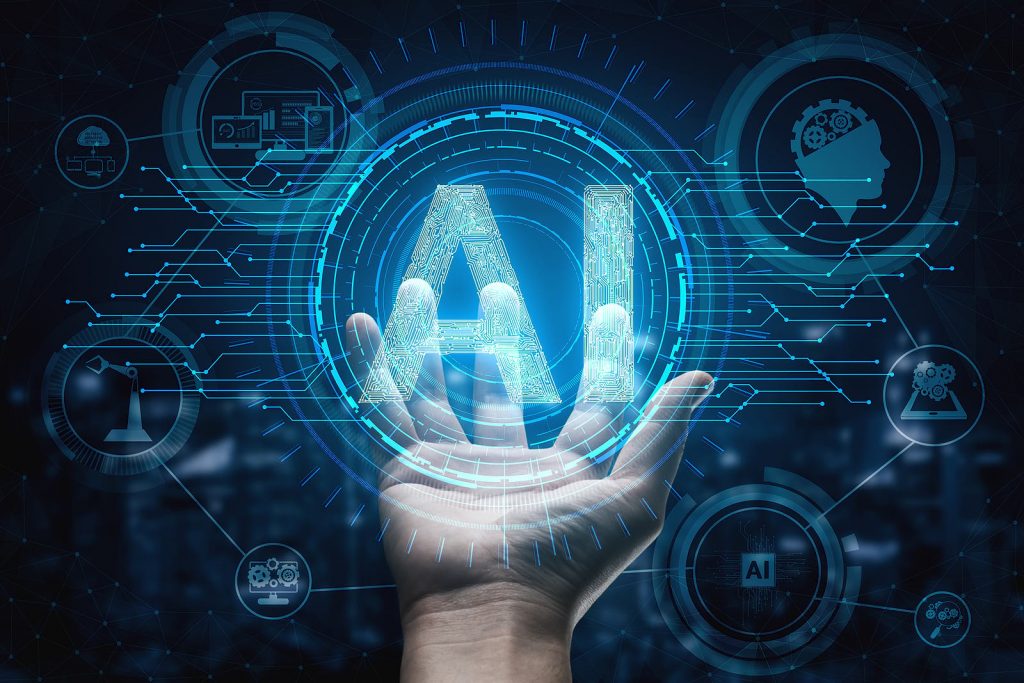The recent advancements in Artificial Intelligence have generated a lot of excitement. Too many people AI tech is as important and revolutionary as electricity, automobiles, and even residential services like Charter Spectrum Cable along with the Spectrum TV app and Spectrum mobil service. AI has found various use cases in businesses, from automation to security to data analytics. However, its use cases are not strictly limited to conventional workplace roles. It has also started to creep into video editing.
For editing professionals, this may seem like an alarming development. After all, the “machines replacing humans” trope has gained a sizeable following. But in reality, AI cannot edit and cut an Oscar-winning movie on its own. Rather, the role it plays is a symbiotic one. AI and human editors can supplement each other and accomplish more together than either can alone. But first, let’s take a closer look at AI video editing and what it means for the industry.
Why use AI in Video Editing?
The use of AI video editing has one very key goal. It makes editing both accessible and easier, even for beginners and amateur editors. This helps to flatten the learning curve, especially when it comes to using complex industry-standard editing software. AI and intuitively designed platforms can help users accomplish more complex editing in shorter spans of time. It improves the output quality of the edited video. It also helps human users save the trouble of going through repetitive tasks that eat into deadlines.
Examples of AI Already in Use
The use of artificial intelligence in video editing isn’t exactly a trailblazing step. Many of the most popular videos on YouTube have made use of AI algorithms and continue to do so. For example, certain AI editors can help to modify videos to make them more understandable and enjoyable to viewers from diverse backgrounds. Alphabet’s Jigsaw AI can automatically rearrange the footage and content based on a number of variables. This tailors the video to offer the best experience to users.
General Benefits to AI Video Editing Systems
There are several obvious benefits to automation and AI used in video editing. AI systems can help editors find and use the best shots and angles for a much better final edit. It can help you easily place transitions and visual filters to improve the visual feel. AI eliminates the need for you to have deep editing experience, so even a complete novice can edit with above-average results. The automatic footage organization features can help editors locate specific footage conveniently and quickly. And most importantly, the AI editing system can keep learning and improving as time goes on.
Automating The Curation of Footage for Trailers
Curating footage is a key part of the editing process. It allows editors to collate all of the most compelling visuals from the total footage. This footage can then be curated and edited into things like cinematic trailers, teaser trailers, or even fan tributes. However, on your own, it could take you several hours just to track down and gather all the footage you need. An AI system can help speed up the process considerably.
Using AI features like facial recognition, learning, and automation, you can quickly find and splice the footage you need. Certain AI algorithms have also demonstrated that they can do this part autonomously. Automated video curation helps it easier for editors to make deadlines and eliminates the tedium of hunting around for the right footage.
Smarter Tools That Simplify Complex Work
AI editing systems typically come with a powerful range of features. Premium subscription editing services may have tools compatible with every powerful editing software in wide use. This means you may be able to integrate AI functions onto existing systems that you already use. It can help eliminate repeatedly going through complex processes all the time. A few clicks could help you achieve the same results you would otherwise have to work on for several hours.
Machine Learning Keeps AI Evolving
The best artificial intelligence systems are the ones that include machine learning capabilities. Machine learning or ML refers to a system becoming “smarter” and “learning more” with each new data set it processes. The more you use AI video editing software, the smarter it gets. It can analyze the data you feed it in terms of footage, but it can also learn from the editing techniques you use.
It could then use this learning to suggest some of your favorite editing configurations based on your past behaviour. It could suggest personalized tips, help you prime the footage for more in-depth editing, and even automate workflows to streamline the overall editing process. Most importantly, the AI can use everything it learns from other users to offer useful tips and tricks to completely new users as well.
Fully-Autonomous Video Editing
Fully autonomous video editors are still several decades in the future if they will be used at all. At present, AI offers its vast power in the form of useful tools that handle complex editing tasks with ease. Autonomous AI editors would have inherent limitations, especially in their current form. Even if they do edit video autonomously, these systems would rely more on data sets and analytics than artistic preferences. The results may be very different from what you expected. On the other hand, AI can still help supplement human editing. This way, both can utilize their strengths to become more efficient and deliver better results.



